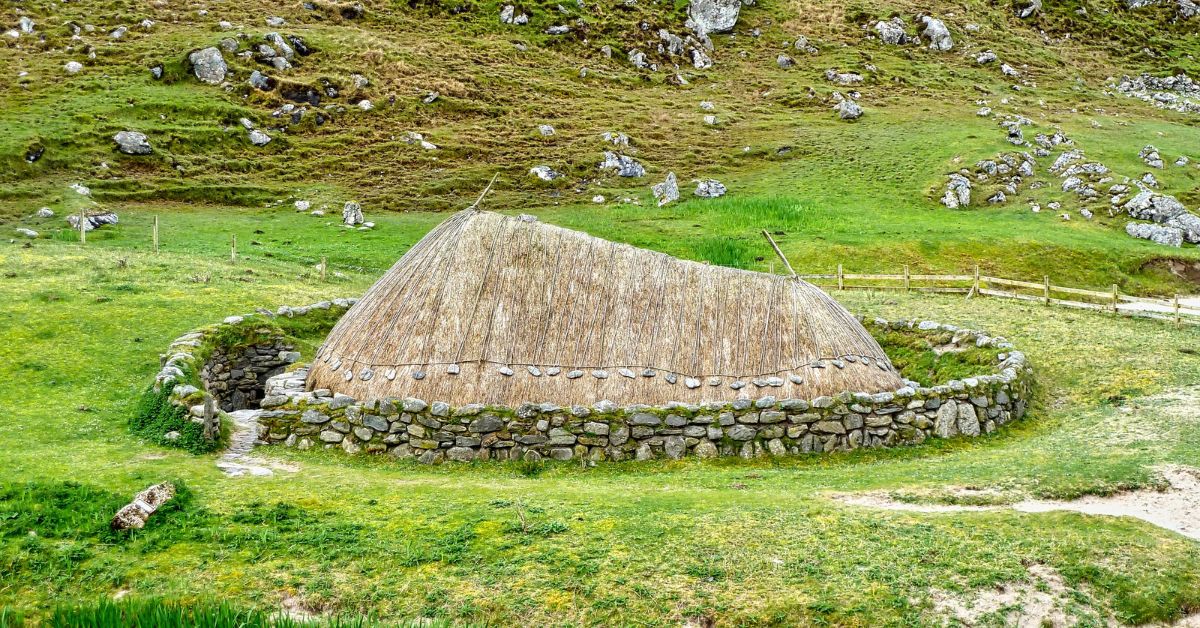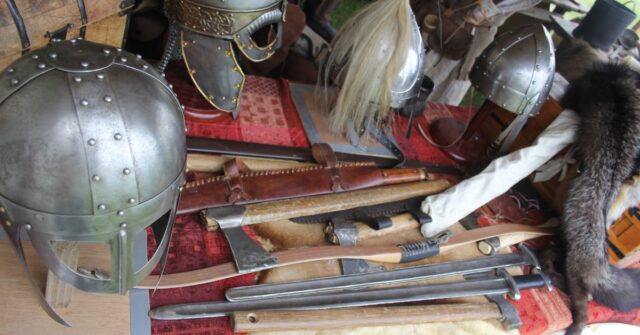The Viking Age, spanning from the late eighth to early eleventh centuries, was marked by remarkable adaptability and resilience in land management and agricultural practices.
Vikings, primarily known for their seafaring and raiding, were also skilled farmers.
This article delves into the intricacies of Viking agriculture, exploring their daily farming life, the role of women, economic integration, and sustainable practices.
Introduction to Viking Agriculture
Agriculture was the cornerstone of Viking society. Despite popular depictions of Vikings as relentless raiders, the majority of them were farmers who depended on the land for their sustenance.
Their farming practices were highly influenced by the Scandinavian geography and climate, which demanded ingenuity and hard work.
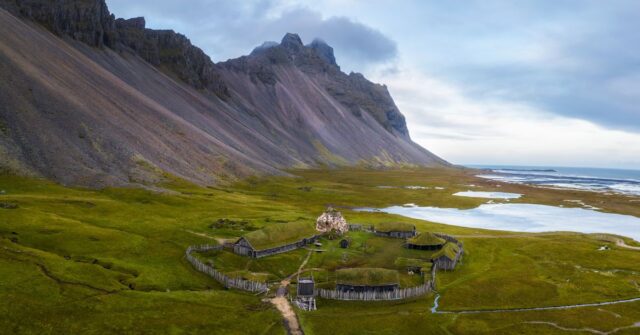
The Importance of Farming in Viking Society
Farming was vital to Viking life. It provided food, raw materials, and a foundation for the economy. Most Viking families owned farms, which were small and focused on subsistence farming.
They grew enough crops and raised enough livestock to support their households, with any surplus used for trade.
Geographical Influences on Viking Agriculture
The harsh Scandinavian climate significantly influenced Viking agricultural practices. Long, severe winters and short growing seasons required farmers to be strategic and efficient.
They chose crops that could withstand cold and practiced crop rotation to maintain soil fertility.
Fertile valleys, fjords, and coastal plains were preferred for settlement due to their relatively milder climates and better soil conditions.
Daily Life on a Viking Farm
Life on a Viking farm was demanding. The entire family, including women and children, participated in various farming activities.
Tasks were divided according to the seasons, with specific duties performed year-round.
Typical Farm Layout and Structures
Viking farms typically included a longhouse where the family lived, barns for livestock, and storage buildings for crops and tools.
The longhouse was the central structure, often shared with livestock during the winter months. These buildings were constructed using locally available materials such as wood, stone, and turf.
Crops Cultivated by the Vikings
The Vikings grew a variety of crops including barley, rye, oats, and vegetables like cabbages, onions, and turnips. Barley was particularly important as it was used to make bread and ale.
Crop rotation was practiced to preserve soil health, with fields left fallow periodically.
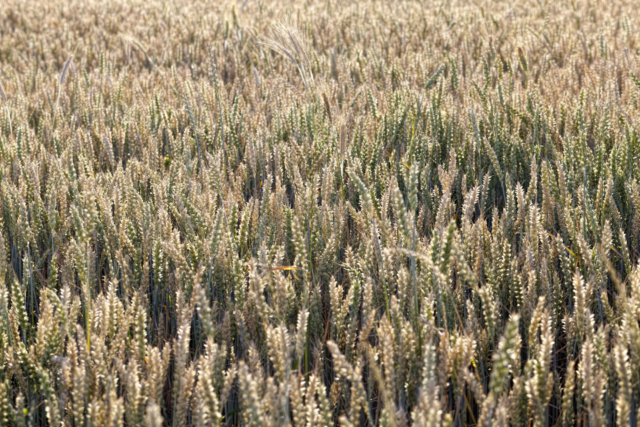
Livestock Raised on Viking Farms
Livestock played a crucial role in Viking agriculture. They raised cattle, sheep, goats, pigs, and horses. Cattle provided milk, meat, and hides, while sheep were valued for their wool.
Pigs were mainly kept for meat, and horses were essential for transportation and farm work.
Seasonal Farming Activities
Viking farming activities varied with the seasons.
- Spring was for plowing and sowing seeds.
- Summer for maintaining crops and livestock.
- Autumn for harvesting.
- Winter for repairing tools and structures.
Haymaking was particularly crucial to ensure enough feed for livestock during the long winters.
Role of Women in Viking Agriculture
Women held significant responsibilities in Viking agricultural society. They managed the farms when the men were away and performed various essential tasks.
Managing the Farm in Men’s Absence
When Viking men went on raiding or trading expeditions, women took over all farm duties. They were responsible for sowing, harvesting, and managing livestock.
This role gave them substantial influence within the household and community.
Women’s Agricultural Duties
Women were involved in milking cows and goats, making dairy products like cheese and butter, tending vegetable gardens, and preserving food for winter.
They also spun wool and wove textiles, contributing significantly to the household economy.
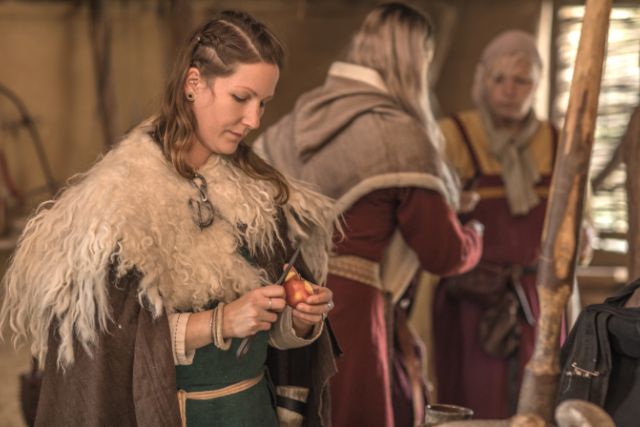
Power and Influence of Viking Women
The responsibilities of running a farm bestowed women with considerable power.
They made crucial decisions about the management of resources and labor, and their skills were highly valued in Viking society.
This societal structure allowed women to hold a respected position within their communities.
Agricultural Practices and Innovations
The Vikings developed various innovative agricultural practices to maximize their productivity and adapt to their environment.
Crop Rotation and Soil Management
Viking farmers practiced crop rotation to avoid soil depletion and maintain fertility.
They divided their fields into sections, alternating crops such as barley, rye, and legumes, and leaving some fields fallow to recover.
Tools and Techniques Used in Viking Farming
Vikings used simple yet effective tools like ards (a type of plow), sickles, and scythes. Iron tools, when available, were particularly valuable.
They also constructed fences and walls to protect their crops and livestock from wild animals.
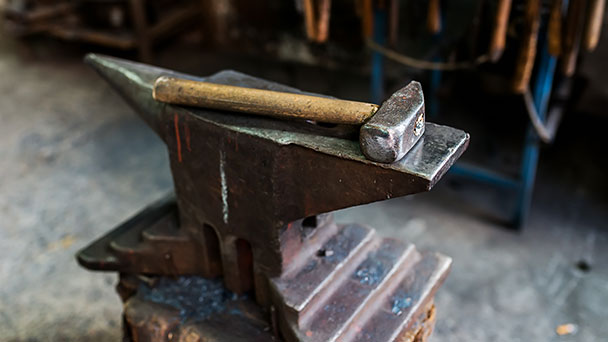
Adaptations to Harsh Climates
The Viking climate demanded specific adaptations. For example, they built storage barns for hay to feed livestock during winter and created settlement mounds to avoid flooding.
These strategies helped them survive and thrive in a challenging environment.
Economic Integration of Agriculture
Agriculture was intertwined with other aspects of the Viking economy, including raiding and trading, creating a dynamic and multifaceted economic system.
Farming as the Basis of the Viking Economy
Farming was the foundation of the Viking economy. Most Vikings were farmers who relied on their land for sustenance.
Surplus produce and livestock were traded locally or abroad, providing additional income.
From Farming to Raiding and Trading
As Viking populations grew, they sought new resources through raiding and trading.
Agricultural surpluses supported these expeditions, which in turn brought wealth and exotic goods back to their communities.
Key Trading Towns and Trade Routes
Vikings established trading towns such as Hedeby and Ribe, which became centers of commerce. They traded goods like furs, timber, and slaves for silver, spices, and other luxury items.
Their extensive trade networks spanned Europe, Asia, and the Middle East.
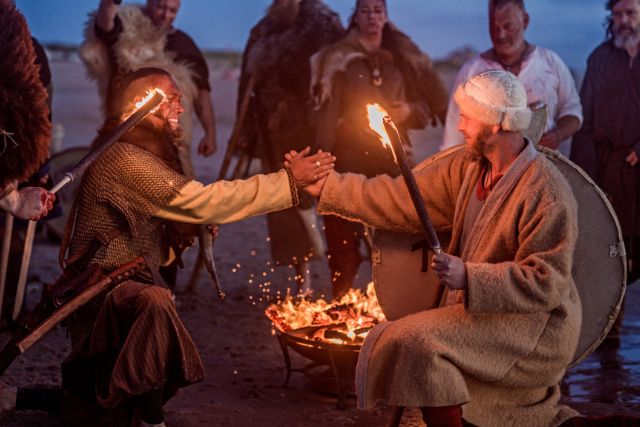
Land Management and Ownership
Land ownership and management were integral to Viking society, reflecting social status and economic power.
Methods of Land Division
Vikings used various methods to divide the land, including long lots that extended from water sources and geometric patterns for new settlements.
These practices ensured fair access to resources and efficient land use.
Land Ownership and Social Status
Land ownership was closely tied to social status. Wealthy chieftains and noble families owned large tracts of land, while commoners owned smaller plots.
Ownership conferred economic power and social prestige.
Inheritance Laws and Practices
Viking inheritance laws ensured that land remained within families. Land was typically divided among heirs, which could lead to fragmentation but maintained family ties to the land.
Legal disputes over land were common and governed by local laws and customs.
Sustainable Practices and Resource Utilization
Vikings practiced sustainable agriculture and resource management, ensuring long-term productivity and environmental balance.
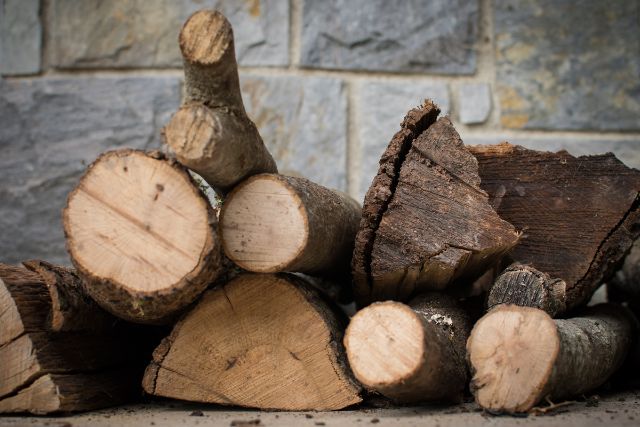
Selective Logging and Woodland Management
Vikings managed their forests carefully, practicing selective logging to provide timber while allowing for regrowth. This ensured a steady supply of building materials and fuel without depleting forest resources.
Management of Wetlands and Pastures
Wetlands were used for grazing and harvesting peat for fuel. Pastures were rotated to prevent overgrazing, and livestock was moved to higher ground in summer to allow lower fields to recover.
These practices maintained the health of their ecosystems.
Utilization of Natural Resources
Vikings were adept at utilizing available natural resources. They mined bog iron for tools and weapons, fished in rivers and seas, and harvested wild plants.
Their deep understanding of their environment allowed them to sustainably manage their resources.
Challenges and Adaptations
Vikings faced numerous challenges, including climate fluctuations and environmental constraints, which they met with innovative adaptations.
Impact of Climate Fluctuations
Climate variations, such as the Little Ice Age, posed significant challenges to Viking agriculture. Cooler temperatures shortened growing seasons and reduced crop yields.
Vikings adapted by diversifying their crops and relying more on livestock and stored foods.
Adjustments During the Little Ice Age
During colder periods, Vikings adjusted their farming practices by focusing on hardier crops and increasing their reliance on trade and raiding.
They also improved their storage techniques to preserve food through harsher winters.

Long-term Sustainability of Viking Agriculture
The sustainability of Viking agriculture was ensured through practices like crop rotation, careful resource management, and adaptation to changing conditions.
These strategies allowed them to maintain agricultural productivity over generations.
Conclusion
Viking agricultural practices were a testament to their ingenuity and resilience. By effectively managing their land and resources, they were able to sustain their communities and build a robust economy.
Their legacy provides valuable insights into sustainable farming and land management that remain relevant today.
The Legacy of Viking Agricultural Practices
Viking agricultural methods laid the groundwork for many sustainable farming practices observed in later European societies.
Their adaptive techniques and resource management strategies allowed them to thrive in a challenging environment, leaving a legacy that highlights the importance of resilience and innovation in agriculture.
Lessons from Viking Land Management
The lessons from Viking land management are numerous. They demonstrate the value of crop rotation, careful resource utilization, and community cooperation.
Modern farmers can learn from these ancient practices to enhance sustainability and productivity in contemporary agriculture.
The Vikings’ ability to adapt to their environment and manage their resources wisely serves as a timeless example of effective land stewardship.

